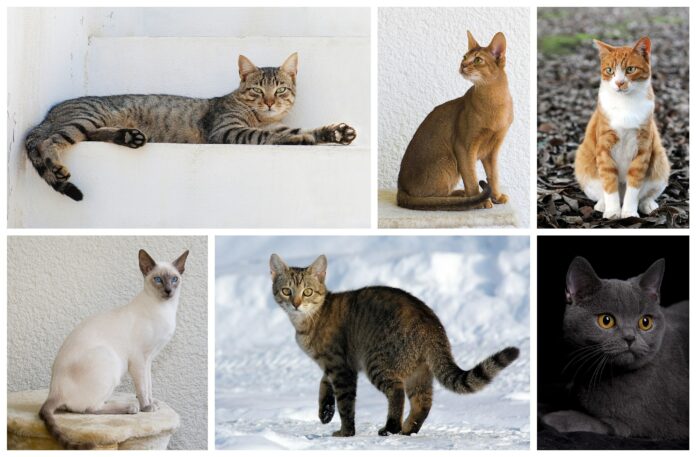BY HANNES THUM
The two house cats that live at my house have been acting much more affectionate in the last week and a half. They’ve also been eating a lot more food and have been emptying their food bowls at a far faster rate than they had all summer. And they’ve both been acting much less interested in going outside.
I don’t mean to say that I can somehow tell what our cats, named Banjo and Lupine, are thinking, but I think there is something interesting about the timing of these recent behavior shifts. Indeed, all of these new habits — the staying close and the staying inside, the increased consumption of food — started quite suddenly, and around the same time: the weekend of October 22.
You may recall that this particular weekend marked a significant change in our autumn weather. Overnight on that Friday evening, a potent storm swept in from the north carrying along with it an abrupt cold front, and the temperature range suddenly dropped nearly twenty-five degrees Fahrenheit. Snow arrived dramatically in the alpine. The high temperatures that weekend were less than any of the nightly low temperatures during the entire preceding week! A change in the seasons, for sure.
It strikes me at these times that Banjo and Lupine and their ancestors come from an evolutionary lineage dominated much more by wildness and wild settings than by domesticity. They carry genes shaped much more significantly, and through many more generations, by surviving the harsh pressures of nature — infamously “red in tooth and claw” — than by living amongst humans.
In other words, they’ve been wild cats for a lot longer than they’ve been domesticated cats.
So, would it be a stretch to say that Banjo and Lupine’s behavior in the past week and a half is related to some primal-type perception that winter is imminent? And some primal-type understanding that the domesticated lifestyle afforded them (by the humans that live in this house) ought to be maximally leveraged in their own favor, for their own safety and well-being, at this time of year in particular?
Would it be a stretch to say that they still have plenty of wild tendencies, akin to their feline counterparts out in the woods (our local bobcats, for instance)?
Domestication can be thought of as a reciprocal relationship. A two-way street. A transaction (if unspoken): a species gives up its independence for some extra safety and security, developing some more human-friendly tendencies in the process. A wolf becomes a cuddly dog to be assured a warm home and regular meals; a wild cat becomes a lap-cat. In the cutthroat game of evolution, many strategies can be successful.
Winter is a profoundly ominous and threatening season for most species that experience it, and species, including cats, have been experiencing it in the wild for a very, very long time. Banjo and Lupine could be forgiven for being lax about our transactional relationship during most of the year (perhaps they know that we will feed them regardless of if they are acting friendly or not), but I can’t help but wonder if the dangerous portent of winter still holds powerful sway over even domesticated critters.
Hannes Thum is a Wood River Valley native and has spent most of his life exploring what our local ecosystems have to offer. He currently teaches science at Sun Valley Community School.



